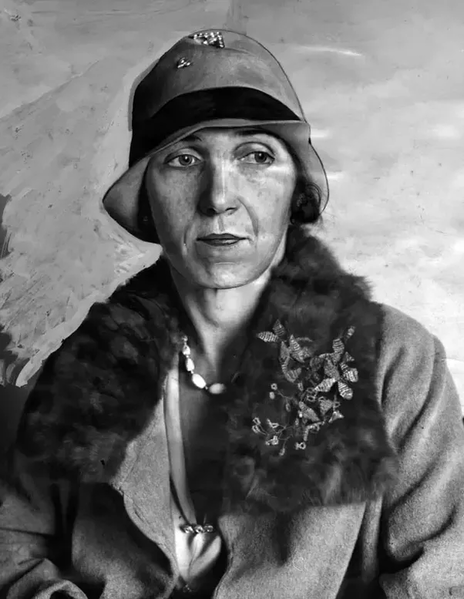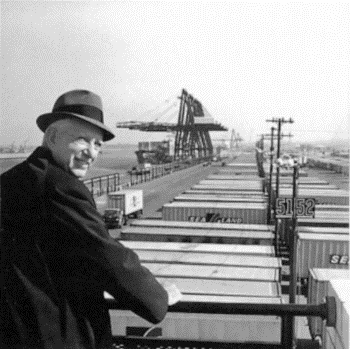So you think you might be pregnant? Congratulations, or I'm sorry, depending upon your view of the whole thing. Regardless, it would probably be best to take a pregnancy test just to make sure. Nothing causes anxiety and worry quite like the unknown. It’s as easy as counting to three. Just whip down to your local pharmacy, pee on a stick (hopefully in the privacy of your own home or at the very least a public bathroom), and wait to see how many lines pop up. Thank goodness we live in such a modern age. Otherwise one might be forced to go through some pretty ridiculous methods just for a little peace of mind.
The idea of pregnancy tests goes all the way back to the ancient Egyptians, and like the tests of today, it was based on urine. When a woman thought she was pregnant 5,000 years ago, she would confirm it by peeing on a bag of barley and a bag of wheat. If the wheat sprouted she was supposedly having a girl, if the barley sprouted she was going to have a boy, and if neither sprouted she had one less thing to worry about in a time when most people died in their thirties. Amazingly enough, modern testing has shown this test to be accurate 70 percent of the time, though the whole gender part was complete bupkus.
The ancient Egyptian’s grain test was actually the high point for most of human history. Though the Greeks and Romans were decidedly awesome at philosophy and engineering, they were fucking idiots when it came to human anatomy. During most of this period the go to pregnancy test was for a woman to shove an onion up her pussy. If a day later her breath stank like onions then she wasn't pregnant. For those not willing to shove vegetables up various orifices, a second method was for a woman to eat a bunch of honey. If she got sick, she was pregnant. It goes without saying that neither of these methods made one damn bit of sense.
The Dark Ages were mainly a time of people realizing they were pregnant when their guts got big and a baby popped out. Luckily, as book learning became a thing again during the Middle Ages, so did trying to develop a viable pregnancy test. Similar to their ancient Egyptian forebears, these early scientists decided that urine was the key, though as with all things in the Middle Ages, they made it as gross as it could possibly be. When a woman thought she was pregnant, the doctor would have her piss in a glass jar and then would spend several minutes examining it, smelling it, and even tasting it before rendering a verdict. It should probably be mentioned that the same method was used for pretty much every medical diagnosis of the time. For those not willing to let some guy drink their piss, there was also the latch key method, which involved putting a latch and key in a basin full of urine. If an impression of the key and latch were left in the bottom of the basin after a few hours it signified being pregnant.
As we moved into the modern era, it was generally decided that just not knowing for sure for a few months was better than having some kook drink your pee. Luckily, modern science found a completely reliable non-pee drinking method by the 1930’s. The scientists of the day, apparently having way too much free time to think of weird experiments, discovered that injecting a knocked up woman's pee into a mouse or rabbit caused them to ovulate. The discovery quickly led to labs being set up across the western world where women could mail in vials of their urine. The rabbits and mice were of course killed because dissection was the easiest way to find out if they were ovulating, which probably seemed a pretty small sacrifice for a little peace of mind. Luckily for the rabbits, in the 1950's it was discovered that the same test could be done on frogs without killing them, since it could easily be observed whether or not the frogs produced eggs. This remained the standard test for the next two decades.
The modern pregnancy test first became widely available in the 1970's. It worked via certain types of antibodies which......you know what, it's not important, just know it was better than killing rabbits or shoving onions up vaginas. With the new at home pregnancy test completely taking over the market, laboratories across the western world released thousands of frogs to live out their lives not being prodded by urine soaked needles. However, though the frogs in these labs mostly came from Africa, the lazy scientists opted to release them just outside the laboratory doors. As a result, various diseases were introduced and numerous native amphibian populations plummeted. So there you go, congratulations.
Image: https://commons.wikimedia.org/wiki/File:ConstantineTheAfrican_examines_patients_urine,_full_size_image.jpg



